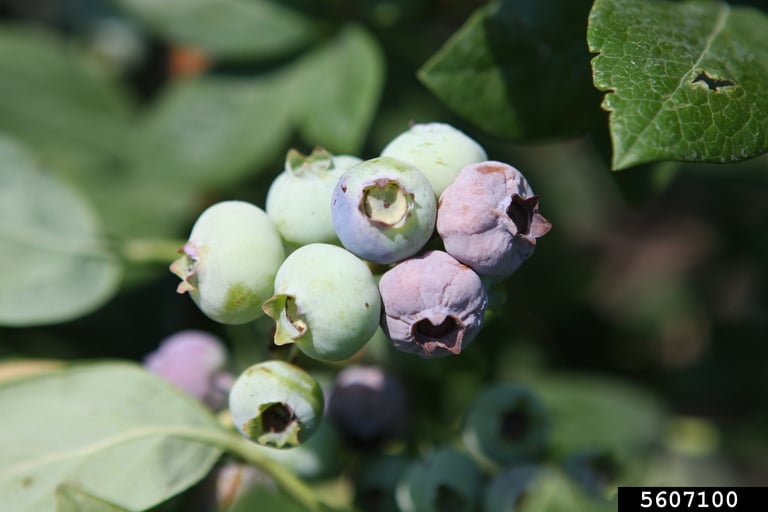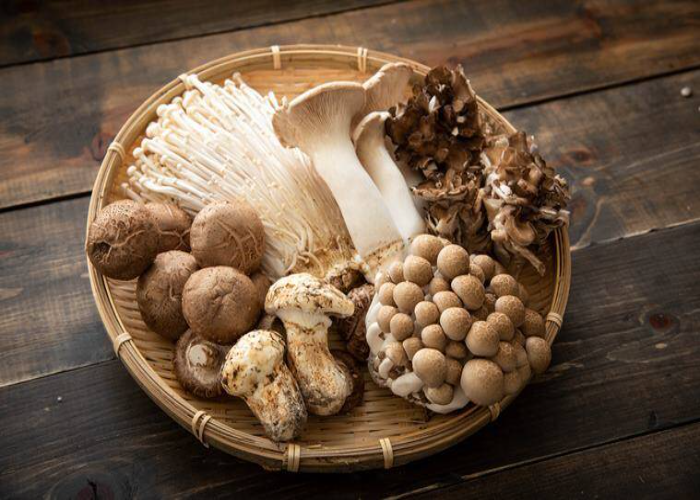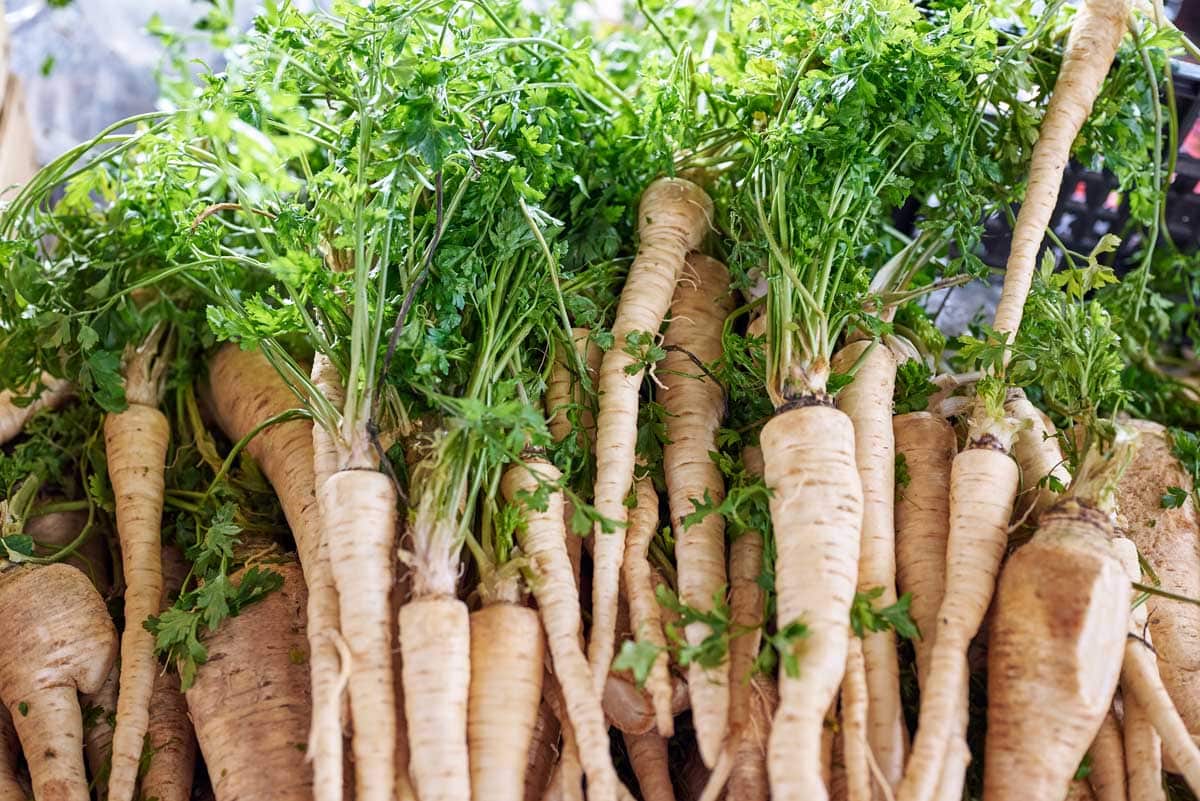Harvesting Chillies: When and How to Get the Perfect Yield
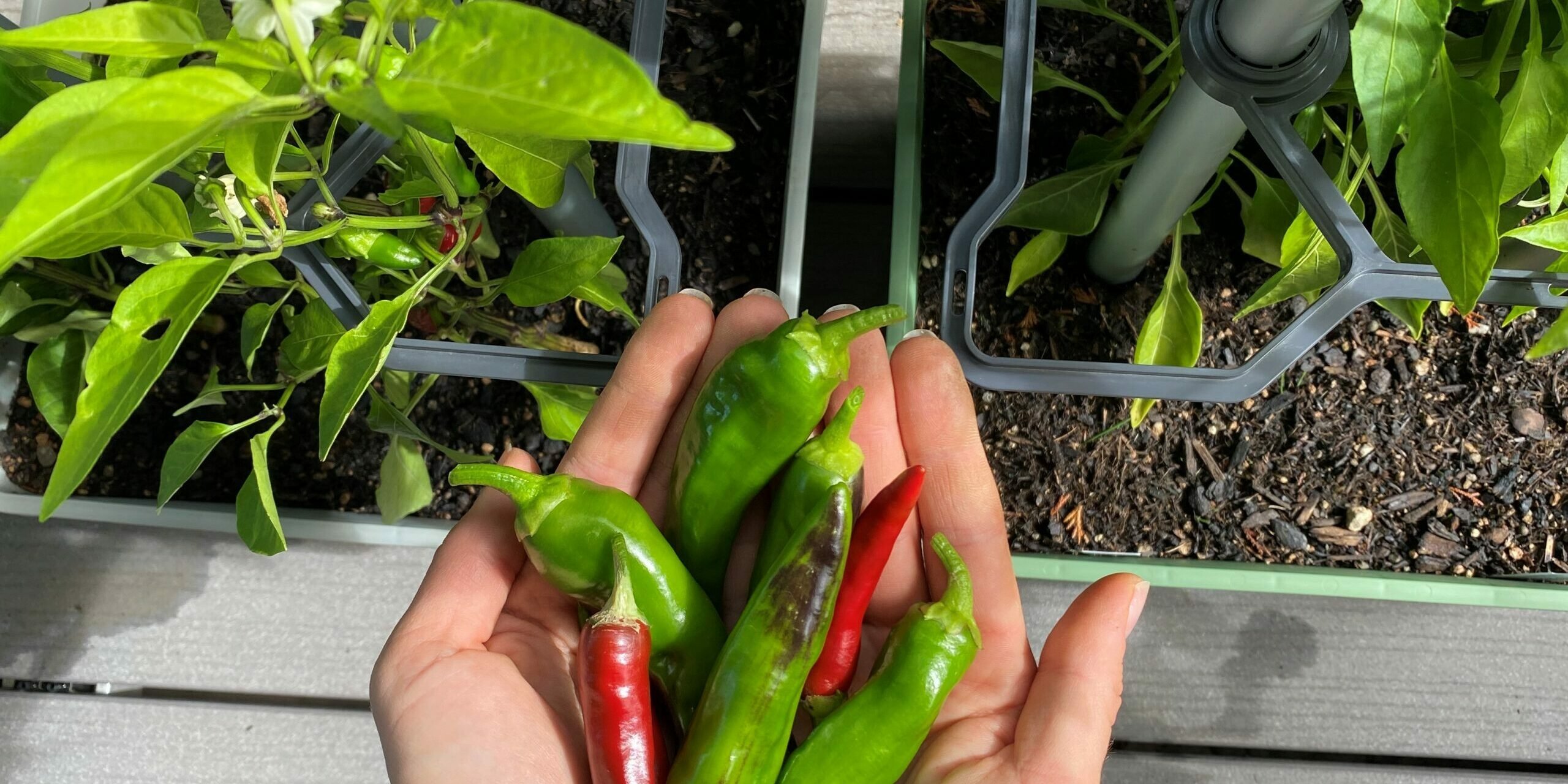
Table of Contents
If you like the heat and kick of chilli in your food, then there is no reason for you not to learn how and when to harvest chillies in your backyard. Due to their unique and complex flavour profile, chillies are one of the favourite ingredients of most of the top chefs in the world. From complex desserts to the simplest of soups, chillies are a very versatile and adaptable ingredient used in all kinds of dishes belonging to various cultures.
Chillies are low-maintenance plants that may be grown in containers or simple earthen pots on your apartment balcony or even on your terrace. They are an excellent crop for pot cultivation and make a great addition to your vegetable garden.
If you are a chilli lover, here is a complete guide to learning when to harvest chillies and how to do so.
What is the Right Time to Sow Chillies?
- Start planting your chilli seeds in the months of January and February to get the best results. The chillies will ripen nicely in the summer when it is sunny and warm and if they are planted during these months.
- Never plant the chillies in the existing soil. Make sure the soil is moist before planting the chiles. If not, spray enough water on the soil so that it retains moisture.
- It is important to know how to sow chillies properly for a good yield. Before planting seeds in the soil, pre-germinate them for 24 hours in warm water for better results. Next, press the seeds 1 cm deep into the soil in your seed trays or pots after filling them.
- When the plant’s first seedlings appear, move it to a cooler location with plenty of sunlight and a temperature of about 15°C.
- Transfer the plants to a larger pot after having more leaves, usually after around two weeks. So that the roots of your chilli plants are adequately covered, add more soil. Move the plant to a location with an average temperature of about 20°C.
- Frost can be particularly harmful to your peppers. Therefore, do not rush and plant them before the month of May starts. By then, the weather is nice and warm, and the frost is completely gone. The plants are then mature enough to be placed outside in the sun. Do not rush, as chiles require a warm, toasty environment to become hot for the greatest results.
How Should Your Chilli Crop Be Cared For?
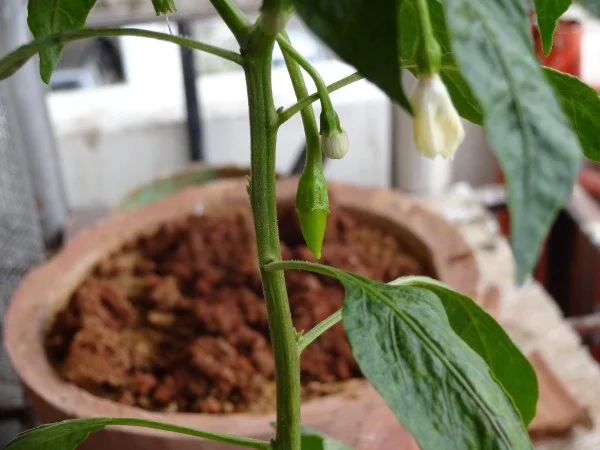
- Chillies require little maintenance, making them a hassle-free crop. However, if you want your chilli plant to be super healthy, use natural fertilisers during flowering and fruiting. Using coffee grounds can supply your plant with potassium, nitrogen and phosphorus. This will draw worms that will break down the organic matter as well as loosen the soil.
- Water your chilli plant once in two to three days. The point is to keep the soil moist. However, avoid drowning the pot in water, as this might cause the roots to rot.
- Avoid frequent watering to maintain the temperature, but once the first blossom blooms, tomato fertiliser with a high potassium content is a must for the plant. At this stage of growth, a slow natural fertiliser like tomato feed will allow the microorganisms to break down with the granules gradually. This will keep the soil active and improve the structure of the soil for a longer period.
What Degree of Heat is Ideal for Growing Chillies?
- Since chilli plants are delicate, it is crucial that you keep them at the proper temperature because they won’t survive in the winter. So, plant your chillies in a warm, sheltered place with plenty of sunlight.
- Chillies should be grown in environments between 18 and 20 °C. Keep the weather damp if you want to cultivate a hot, spicy variety of chilli. Never grow the peppers in the shadow because they need at least 8 hours of sunlight per day for healthy growth.
When to Harvest Chillies?
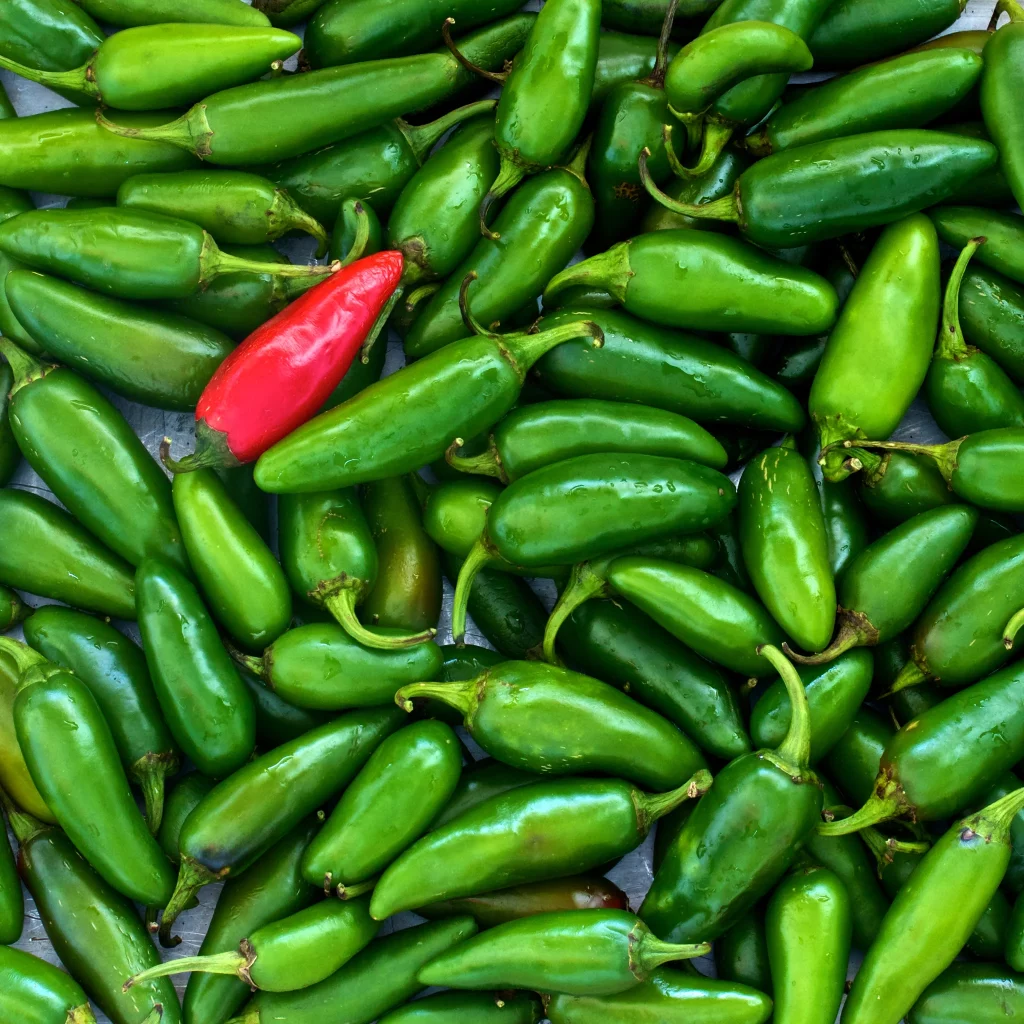
- Chillies should be harvested between July and October. However, if you start growing your chillies indoors at the start of The summer and change the position of the plants regularly, you might be able to start harvesting in July.
- However, your chilli crop will be ready for harvest in August if you plant your chillies outside so that they get ample sunlight. The chilli plant typically needs 2 to 4 months to mature from seed to harvest. Before the first frost, chillies must be picked before November or the final week of October.
Which Location is Ideal for Growing Chillie?
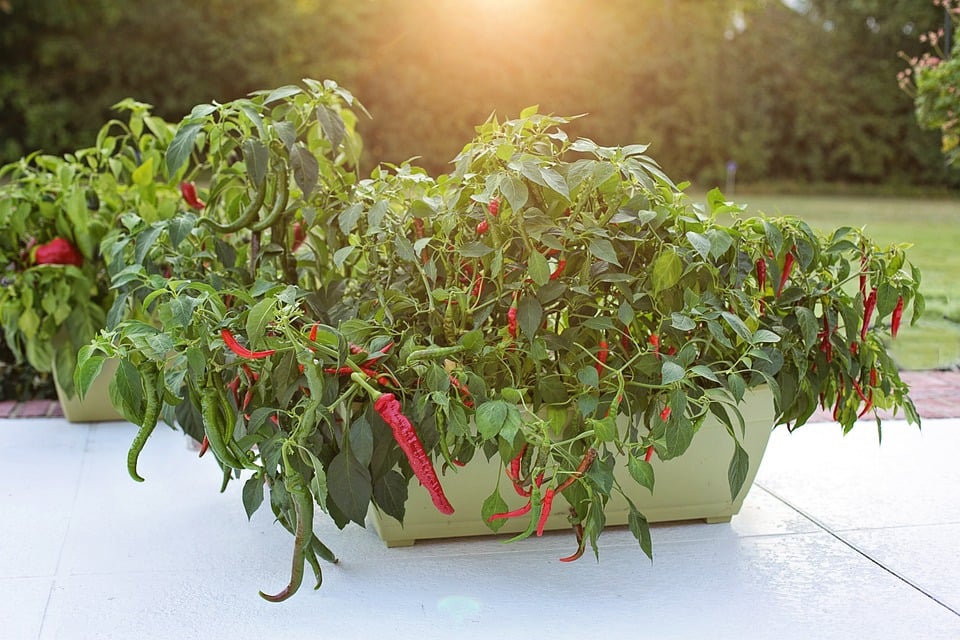
- Chillies can be cultivated in greenhouses and polytunnels for the soil to retain the ideal texture. In order to prevent soil from drying out while growing chillies in a greenhouse, the seed must be sown inside a greenhouse itself and then maintained outside in a warm, sunny environment as the fruit matures; if your chilli plants reach a particular height and can no longer sustain themselves, apply support for a sturdy plant.
- Indoor-grown chilli plants must be cared for like perennial houseplants. So, it’s imperative to give them good pruning in the winter. Additionally, the same place in the garden must not be used yearly to plant chiles. To preserve the fertility of the soil, rotate plantings of different vegetables, such as broccoli, cabbage, beans, peas and sweet corn. Alongside chillies, herbs can also be cultivated, and radishes and lettuce can be produced as a pre-culture.
- In case you don’t want to construct a greenhouse, a warm and sunny area on the kitchen island will do. Chilli plants can also be cultivated in containers because it’s so simple to control the temperature as they can be placed anywhere.
What is the Appearance of Ready-To-Harvest Chillies?
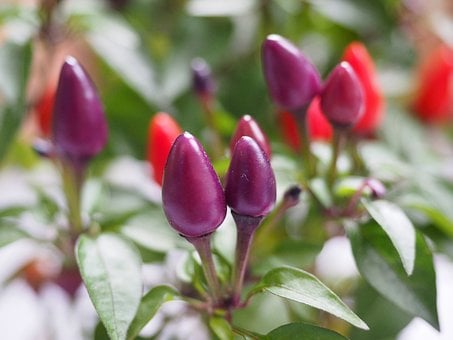
- Before turning yellow, orange, or red in colour, the majority of chiles are green in colour. However, some chillies begin as purple, then change to green, and continue to be that way as they age.
- No matter their colour, mature chiles typically have a glossy, shiny appearance. So, keep your chillies on the plant as long as you can and wait for them to change colour and become shiny if you like your food to be extremely hot, spicy, and fiery.
How to Harvest Chillies the Right Way?
- Of all the steps in the process, harvesting chillies is the easiest. You can remove the chilli from the plant with bare hands. Do wear gloves while performing this step and wash your hands with water immediately after plucking the chillies. Do not touch your eyes or nose after plucking the peppers because the hotness can be excruciating for such sensitive organs.
- Even gardening scissors or sharp secateurs can be used to cut off the tip of the stalk and separate the chilli from the plant. Pick your chillies when they are still green if you want them to be mild. However, pick them once they turn red or orange in colour if you prefer them to be strong and hot.
What Can Be Done to Make the Yield Better?
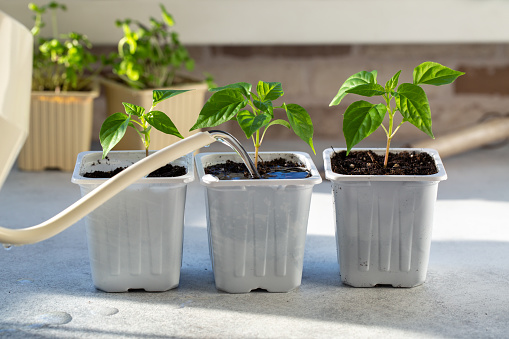
- For a heavier and healthier yield, do not stress your chilli plant. The component in chillies called capsaicin is responsible for the burning and the heat. The higher the amount of capsaicin, the hotter the chillies will be. Once the chilli begins to ripen, remove the stems, leaves, and fruits so the chillies ripen faster and become hotter. Although the yield could drop, the heat level will rise.
- Water the plant when necessary because the soil needs to have an optimum level of moisture for the proper growth of chillies. Since these plants are naturally thirsty, i.e., they need to be watered carefully yet frequently. Do not overwater the plant, as it can harm the roots. Planters with a water reservoir are a wonderful choice because the plant can provide water for itself as and when required. As soon as the fruits form, you can stop watering the plant as much. The chillies will become hotter as a result of the rising capsaicin content.
- Giving these plants less water can make them more stressed, yet, feeding them with a particular chilli or tomato feed can make the plant taste spicier.
- Don’t water these plants when the sun is shining directly on them, but they should ideally be watered in the morning or the evening. In the summer, water your plants once each day. The root ball can be reached with just the appropriate amount of water. The leaves of the plant should be kept dry.
- By consistently harvesting the chilli crop, the plant may concentrate its energy on developing new fruits. Ensure that your garden is a spotless area. There should not be any weed growth, dropped fruit, or leaves. By doing this, the likelihood of infection and disease problems in the plant will be reduced.
- Plant your chillies in rows at least 24″ apart and keep a space of the lower leaves 12–18″ above the earth to encourage greater growth. Better spacing encourages plants to grow healthily as they get more space and sufficient nutrients.
- Wait. Avoid picking the chillies before they are fully grown. Instead, wait until the peppers have reached full ripeness and the desired hue. Waiting is well worth it because of the difference in nutrients, flavour, and look.
- Last but not least, never pick chillies with your bare hands for your own safety. When harvesting the crop, gloves should always be worn. If a chilli seed is swallowed, drink milk right away and eat some bread. Compared to water, it works quicker and better.
Conclusion
Growing chillies at the right time and in the right conditions are crucial for a good harvest. Your crop will grow properly by giving them the right amount of fertiliser and growing them in the right pots for the roots to grow properly.
If you have green fingers and enjoy experimenting with dishes, consider growing chillies at home, as they are a great source of vitamin C and are brimming with antioxidants.
If you tried these suggestions and they were successful for you, please let us know in the comment box below.


